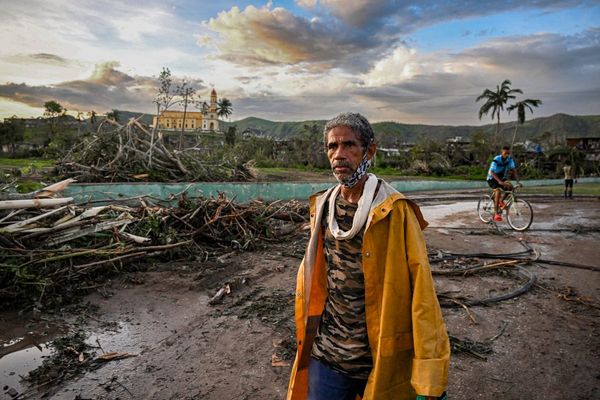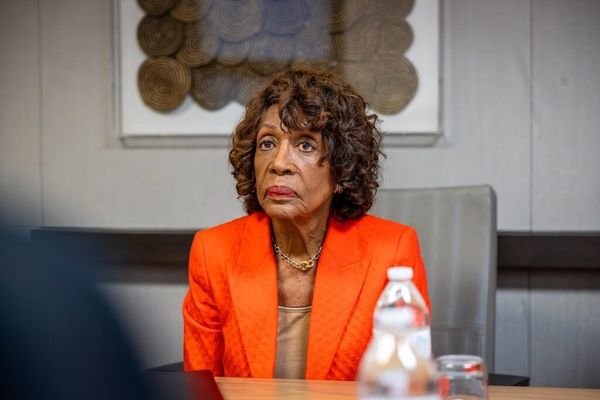Southern right whales are increasingly returning to historic breeding grounds that were once exploited by intense shore-based whaling, researchers say.
The Australian Southern Right Whale Study started surveying the species in 1991, and since then scientists say their population has rebounded from near extinction.
"They're recovering well … they're still nowhere near the numbers they were pre-whaling, but they're recovering about 6 or 7 per cent per year," Dr Burnell said.
The southern right whale population is currently around 2,500.
"That's not many when you consider there was probably at least 25,000 prior to whaling in the 1800s," Dr Burnell said.
"It's on a good track, they're a threatened species, they are recovering.
"It's encouraging to see them recover but it's going to be some time before they're fully back in their original habitats."
Curtin University's Dr Claire Charlton, who has been co-investigating the population study with Dr Burnell, said primary calving grounds such as the head of the Australian Bight are filling up in years of high abundance.
"We're seeing more and more whales appearing in small and emerging calving grounds inside and outside of protected areas across the Australian marine park network," Dr Charlton said.
"The whales are actually choosing to select alternative calving habitat."
These include areas like Fowlers Bay, Encounter Bay, Portland in Victoria and Geographe Bay in Western Australia — areas close to former whaling stations.
Fewer calves are being born
Dr Charlton said recent data from their 30-year-old study has shown a concerning trend.
"Although the numbers are strong and the population is increasing, this year we have actually sighted fewer whales than expected — and for the last few years we've had lower numbers than expected," she said.
Dr Burnell said when the study started, whales were calving roughly every three years.
"Now, the average is somewhere between four and five years," he said.
"So there's definitely a slowing of the population recovery."
Dr Charlton said the recent trend is something to investigate further to understand the links between reproduction and climate change.
"Their abundance in Australia is indicative of what might be happening in their foraging grounds," she said.
The long-term study recently received funding to continue from WA billionaires Andrew and Nicola Forrest's Minderoo Foundation as part of its Flourishing Oceans project.







